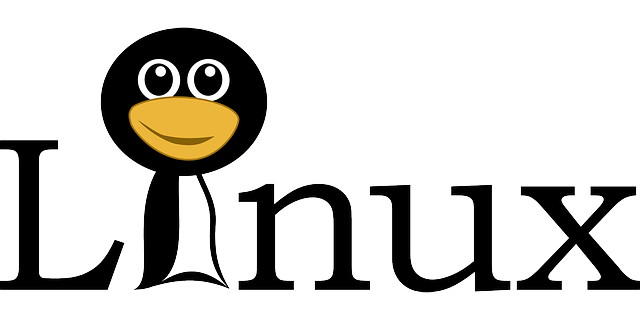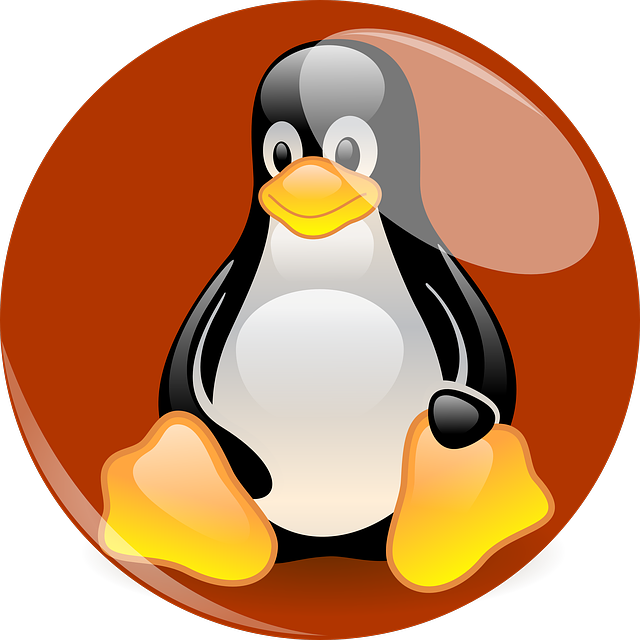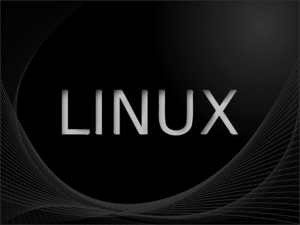MX Linux is an efficient and user-friendly distribution ideal for users into system automation, leveraging Debian stable repositories and combining the best of antiX and Musix. It offers a lightweight yet robust desktop environment with the Fluxbox window manager, and supports LXDE and Xfce for greater customization. The distribution is particularly well-equipped for scripting enthusiasts, providing a comprehensive suite of tools and scripts, including Task Automation Scripts and Fluxbox configuration files to facilitate complex workflows. With support for powerful scripting languages like Bash and Python, MX Linux allows users to create automated processes for a wide array of tasks, from file management to data analysis. It also offers monitoring tools such as htop, atop, and sysstat for performance analysis and simplifies remote access with VNC and RDP clients. This makes MX Linux an exceptional choice for those seeking a stable and versatile platform for automation solutions, positioning it as a top-tier option in the field of system administration.
MX Linux stands as a beacon for those navigating the realm of Linux-based automation, offering an intuitive interface coupled with a robust toolset. This article delves into the scripting prowess of MX Linux, particularly tailored for automation enthusiasts. We will explore the essential roles of Bash and Python in enhancing MX Linux’s capabilities, guiding readers through the process of crafting efficient automation solutions. Prepare to unlock the full potential of MX Linux, your partner in creating seamless automated workflows with ease.
- Unveiling the Scripting Mastery of MX Linux for Automation Enthusiasts
- The Role of Bash and Python in Leveraging MX Linux's Automation Capabilities
- Crafting Efficient Automation Solutions with MX Linux's Powerful Toolset
Unveiling the Scripting Mastery of MX Linux for Automation Enthusiasts

MX Linux emerges as a robust platform for those with a penchant for automation, offering a suite of tools and scripts that empower users to streamline their workflows with ease. This distribution, built upon the Debian stable repositories, integrates the long-standing expertise of antiX and former members of the Musix project, delivering a highly refined and user-friendly experience. The inclusion of the Fluxbox window manager by default provides users with a lightweight yet functional desktop environment, which is particularly well-suited for automation tasks that require minimal system resources without compromising on performance.
For enthusiasts of scripting, MX Linux offers a harmonious blend of stability and flexibility. It includes essential tools like Task Automation Scripts and the Fluxbox window manager configuration files that can be easily manipulated to create complex automation workflows. The LXDE and Xfce desktop environments available in MX Linux also support a wide array of scripts, ensuring that users can tailor their automation solutions to their specific needs. With its extensive software repositories, MX Linux provides access to a myriad of libraries and frameworks such as Bash, Python, and Lua, which are pivotal in crafting automated processes for both simple tasks and complex systems. This makes MX Linux an ideal choice for automation enthusiasts who seek a system that is both powerful and versatile, capable of handling scripts ranging from routine file management to sophisticated data processing.
The Role of Bash and Python in Leveraging MX Linux's Automation Capabilities

MX Linux, a robust and user-friendly distribution, stands out for its seamless integration of essential scripting tools like Bash and Python, which are pivotal in unlocking the full potential of automation within its environment. Bash, a command-line shell and scripting language with a rich set of features, serves as a cornerstone for system automation on MX Linux. Users can harness Bash scripts to automate repetitive tasks, manage system operations, and streamline workflows, thanks to the distribution’s stable and efficient design. The inherent power of Bash in MX Linux is amplified by its compatibility with a plethora of command-line utilities, making it an indispensable tool for seasoned system administrators and novices alike.
Python further complements MX Linux’s automation capabilities by offering a high-level, interpreted scripting language known for its readability and versatility. Python’s extensive library ecosystem, accessible through MX Linux, enables users to create complex scripts for data analysis, web development tasks, and even the development of graphical user interfaces. This versatility makes Python particularly adept at handling a wide array of automation needs within MX Linux. The language’s ability to interface with system-level commands through modules like `subprocess` allows for a symbiotic relationship between Python scripts and the underlying operating system, enhancing productivity and efficiency for users looking to automate their computing tasks. Whether it’s through Bash for simpler, quicker jobs or Python for more complex, large-scale automation, MX Linux provides users with powerful scripting tools that are indispensable in today’s digital landscape.
Crafting Efficient Automation Solutions with MX Linux's Powerful Toolset

MX Linux stands out as a robust and versatile operating system for users seeking to craft efficient automation solutions. It offers a comprehensive toolset that is both user-friendly and rich in functionality, making it an ideal choice for those looking to streamline their workflows or manage complex systems with ease. The distribution combines the stability of Debian with the freedom and advanced features of antiX all within an intuitive environment that encourages customization. System administrators and power users will find MX Linux particularly empowering, thanks to its extensive software repositories that provide access to a wide array of tools for automation tasks.
With MX Linux, users can leverage powerful scripting languages such as Bash and Python, which are well-supported and come with the necessary libraries and modules out of the box. The inclusion of system monitoring and management tools like htop, atop, and sysstat complements the capabilities of these scripting languages, allowing for real-time system performance analysis and resource optimization. Additionally, MX Linux’s integration with VNC and RDP clients provides a seamless experience for remote access and automation across networks, ensuring that users can manage their systems from anywhere. The flexibility and powerful features of MX Linux make it an exceptional platform for anyone looking to create efficient and reliable automation solutions.
MX Linux stands out as a formidable ally for automation enthusiasts, showcasing its scripting prowess through seamless integration of Bash and Python. Users can harness these languages to craft efficient, robust solutions that streamline workflows, automate repetitive tasks, and enhance productivity. The versatility of MX Linux’s toolset equips users with the power to automate with precision and ease. As a result, for those embarking on their automation journey or seasoned pros seeking a reliable platform, MX Linux emerges as a top choice for mastering the art of automation without compromising on performance or flexibility.


























